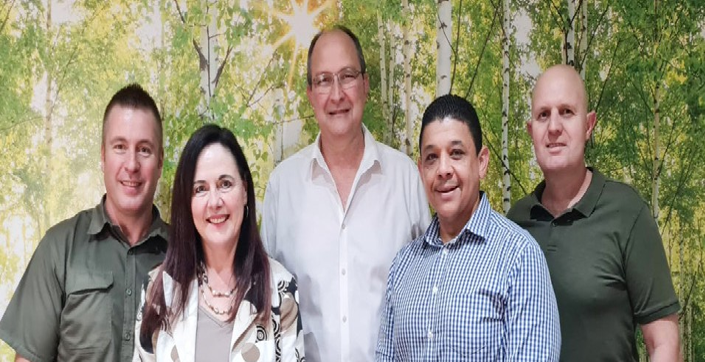
Articles & Insights
Hyperspectral imaging: See grain grading differently

Combining machine learning with data collected from light interactions with objects, hyperspectral imaging could one day enable grain storage operators to grade grain more quickly, efficiently, and with less bias.
This was highlighted in a recent discussion involving Dr Paul Williams, senior lecturer and researcher at Stellenbosch University’s Department of Food Science, Agbiz Grain, The Southern African Grain Laboratory (SAGL), and AFGRI.
Dr Williams has been using near-infrared(NIR) hyperspectral imaging on maize since 2007 to explore its applications for maize safety and quality. NIR spectroscopy measures how light scatters off an object – in this instance, a maize kernel – providing scientists with insights into the material’s properties without altering the sample.
For instance, this technology could be used to detect the presence of pathogens that could produce mycotoxins. In addition to identifying pathogens, it can also quantify the presence of specific substances at a microscopic level. “While our eyes cannot detect these rays, they excite molecules to a point where we can obtain an observable measurement we can then use,” Dr Williams explained. He added that everything has its own unique ‘fingerprint’, which scientists can use for identification or quantification purposes.
For instance, this technology could be used to detect the presence of pathogens that could produce mycotoxins. In addition to identifying pathogens, it can also quantify the presence of specific substances at a microscopic level. “While our eyes cannot detect these rays, they excite molecules to a point where we can obtain an observable measurement we can then use,” Dr Williams explained. He added that everything has its own unique ‘fingerprint’, which scientists can use for identification or quantification purposes.
Potential silo uses
Until recently, hyperspectral imaging equipment came with a hefty price tag and was rather large. However, technological innovation led to equipment becoming more compact, to the point where it can now be condensed into a handheld device resembling a single-lens reflex (SLR) camera. While hyperspectral images can be taken at different wavelengths, Dr Williams said that engineers can develop a hyperspectral imaging camera specifically for the limited range needed for grain and oilseed grading.
“It is possible for researchers to determine when specific matter becomes excited or agitated, and through this, establish certain criteria such as moisture content by taking an image of the object.” However, a minimum of 100 samples are required to establish a robust model, so a lot of research is still required before machine learning can be effectively used as a quality control system in storage facilities.
Click here By Susan Marais, Plaas Media for the Agbiz Grain Quarterly November 2024 issue.
